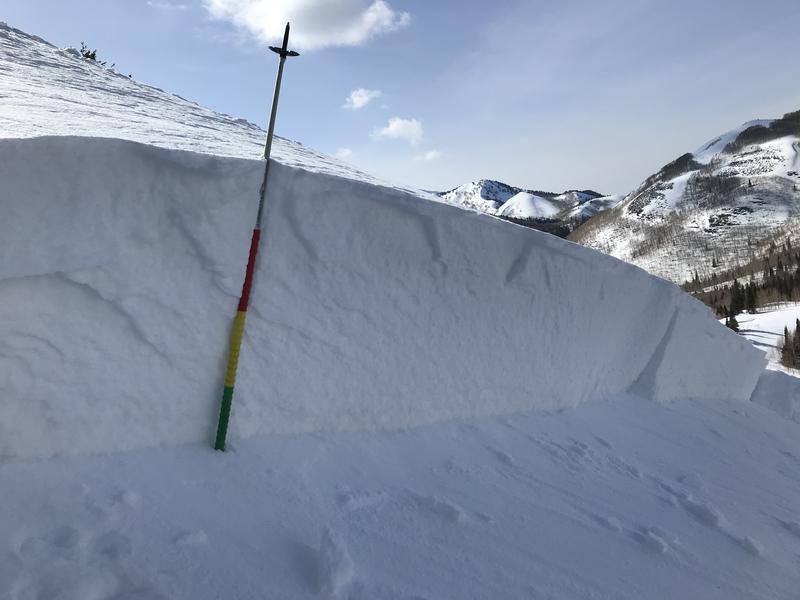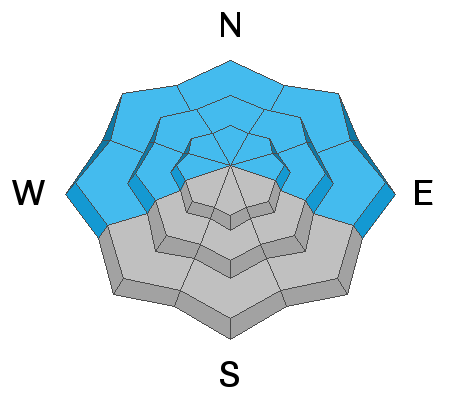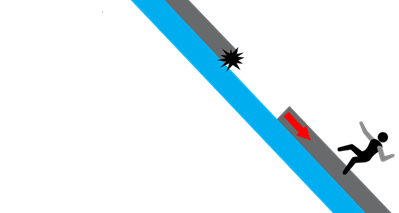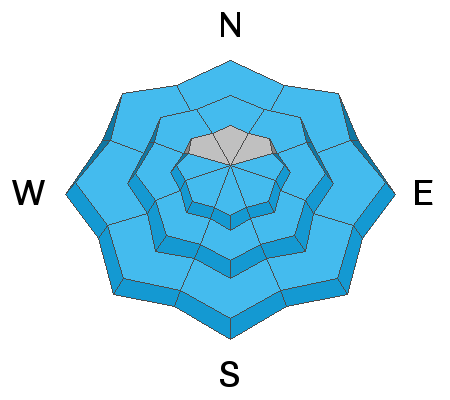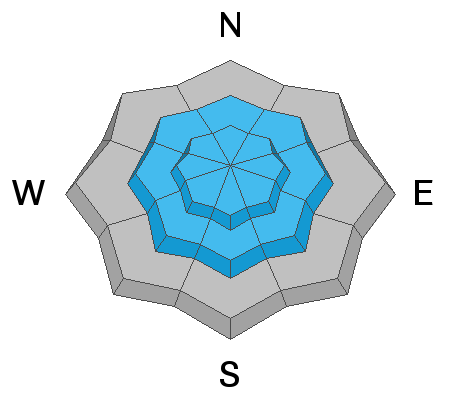Forecast for the Provo Area Mountains

Issued by Drew Hardesty on
Saturday morning, March 19, 2022
Saturday morning, March 19, 2022
A 'scary' MODERATE danger exists on steep west to north to east facing aspects of all elevations. You can trigger 1-3' deep avalanches and you can trigger from a distance or from below. Collapsing and cracking may not be noted. Pay attention to heating and cloud cover to determine the wet avalanche potential and look for the development of wind drifts by the afternoon.
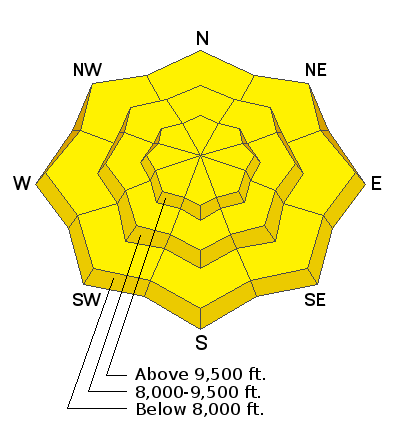
Low
Moderate
Considerable
High
Extreme
Learn how to read the forecast here


